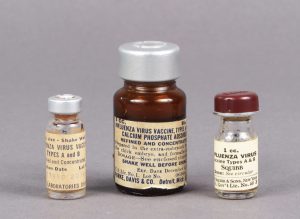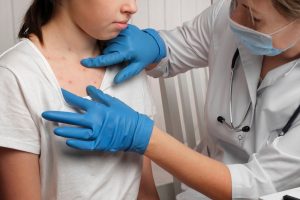In the diverse and bustling landscapes of Asia, a silent enemy lurks, ready to strike unsuspecting victims. Leptospirosis, a bacterial infection transmitted through contaminated water, poses a significant public health risk, especially in flood-prone regions.
In this article, we’ll shed light on leptospirosis, its transmission, symptoms, and prevention methods to help keep this stealthy foe at bay.
Leptospirosis: A Bacterial Invader
Leptospirosis is caused by the spiral-shaped bacteria called Leptospira. These bacteria thrive in warm, wet environments and are often found in soil, water, and mud contaminated with the urine of infected animals, such as rodents, cattle, and dogs. When humans come into contact with contaminated water or soil, the bacteria can enter the body through cuts, abrasions, or mucous membranes, leading to infection.
Symptoms: When Leptospirosis Strikes
Leptospirosis can present with a wide range of symptoms, making it challenging to diagnose. In mild cases, individuals may experience flu-like symptoms, such as fever, chills, muscle aches, and headaches. However, severe cases can lead to Weil’s disease, a life-threatening form of leptospirosis characterized by jaundice, kidney failure, and internal bleeding. In Asia, leptospirosis is responsible for a significant number of cases of acute kidney injury, with a 2016 study reporting a case-fatality rate of up to 10%.
Transmission: The Pathways to Infection
Leptospirosis is primarily transmitted through direct or indirect contact with contaminated water or soil. Floods in Asia, particularly during monsoon seasons, create ideal conditions for the bacteria to spread. Additionally, occupational risks such as agriculture, sewage work, and animal handling can expose workers to contaminated environments, increasing the likelihood of infection.
Diagnosis and Treatment: Combatting the Foe
Diagnosing leptospirosis can be challenging due to its non-specific symptoms and similarity to other febrile illnesses. Blood and urine tests can help identify the bacteria and confirm the diagnosis. Early treatment with antibiotics, such as doxycycline or penicillin, is crucial to prevent severe complications. In severe cases, hospitalization and supportive care, including dialysis, may be necessary.
Prevention: A Proactive Defence
Preventing leptospirosis requires a multi-pronged approach, including:
- Public awareness: Educating communities, particularly in high-risk areas, about leptospirosis transmission and symptoms is vital to encourage prompt medical attention if infected.
- Protective measures: Wearing protective clothing, such as gloves and boots, can help reduce contact with contaminated water or soil. Additionally, covering cuts and abrasions can help prevent bacterial entry.
- Rodent control: Implementing effective rodent control measures, such as proper waste management and the elimination of potential breeding sites, can reduce the risk of infection.
- Vaccination: While human vaccines are not widely available, vaccinating livestock and pets can help reduce the bacterial reservoir and lower the risk of transmission to humans.
Conclusion: Awareness and Vigilance are Key
Leptospirosis is a significant public health concern in Asia, with flood-prone regions and at-risk populations being particularly vulnerable. Greater awareness, early diagnosis and treatment, and effective preventive measures are crucial to combat this silent, yet deadly bacterial foe. By working together, we can help protect our communities and reduce the burden of leptospirosis in Asia.














